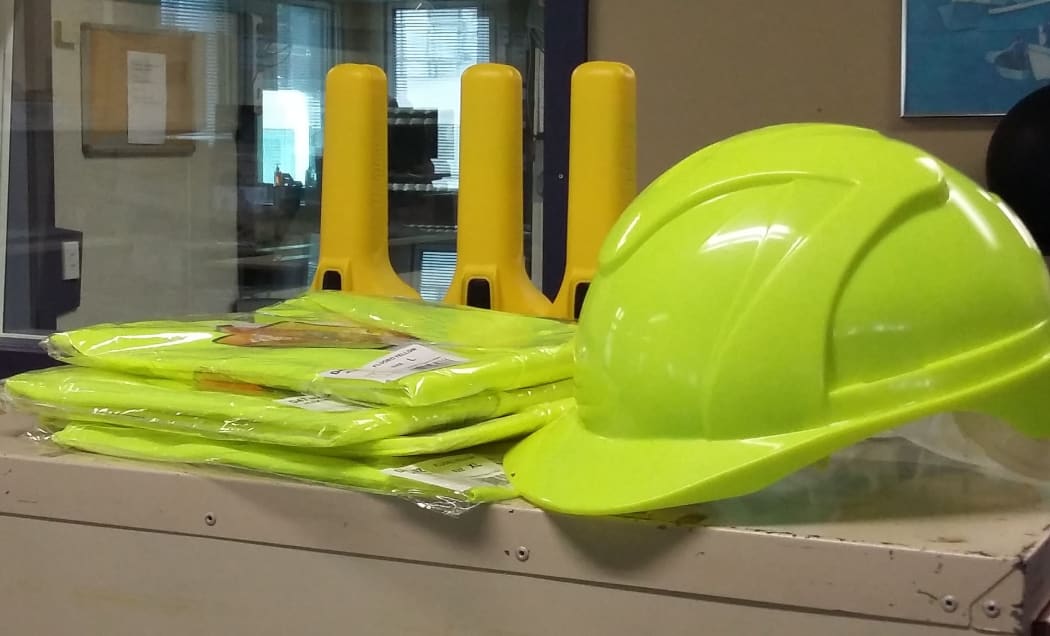New Zealand's Civil Defence director is confident that appropriate safeguards are in place to prevent false emergency alerts being sent out.

Photo: RNZ
On Sunday, Hawaii's Emergency Management Agency sent an alert to residents' mobile phones warning of a ballistic missile approaching, after an employee pushed the wrong button.
The error was not corrected by a follow-up text message for 38 minutes, prompting accusations of blame.
New Zealand has been working on a similar emergency mobile alert system and conducted a successful national test in November.
However, Ministry of Civil Defence and Emergency Management acting director David Coetzee said it had been designed with extensive safeguards, supported by rigorous training.
He said all messages must be confirmed twice before they are issued, and must be approved by the national controller.
Mr Coetzee said all systems came with an element of risk, but he was confident safeguards were in place to minimise the risk of messages being sent in error.
The system was mistakenly tested at very early hours of the morning in October, but the message sent stated that it was a test.
Civil Defence has also falsely tweeted a tsunami alert in November, though it was retracted seconds later, and in February an unsupervised trainee sent a false alert of an 8.7 magnitude earthquake to news organisations who did not broadcast it after checking its accuracy.
A federal investigation has started into the ballistic missile warning in Hawaii, and officials say they are working to ensure such a false alarm never happens again.

